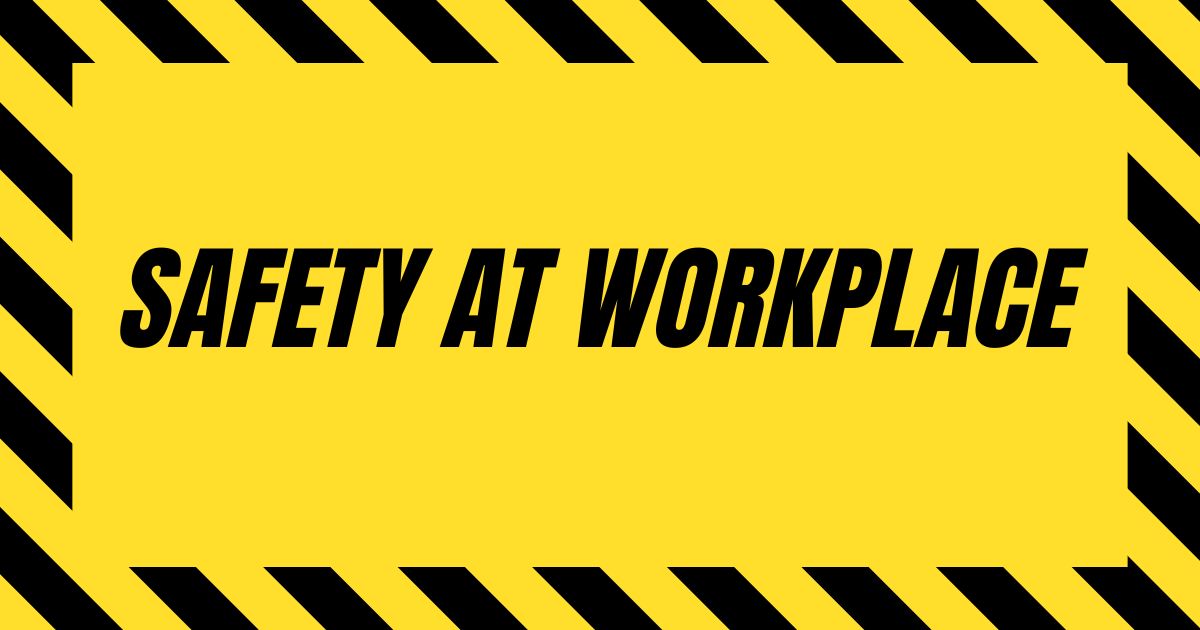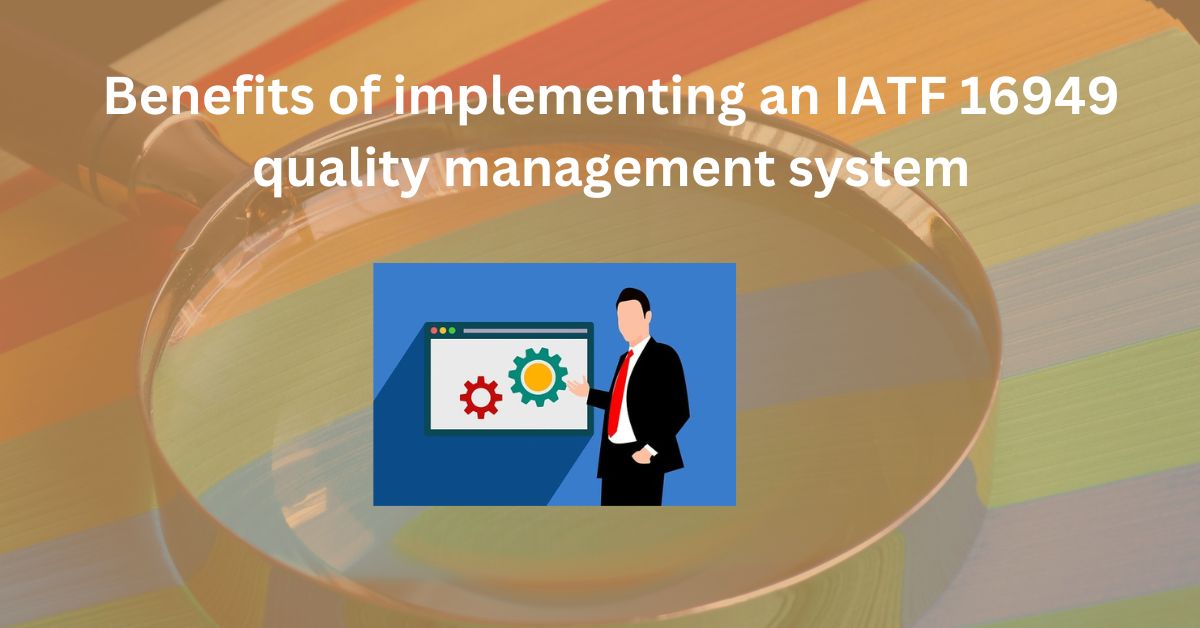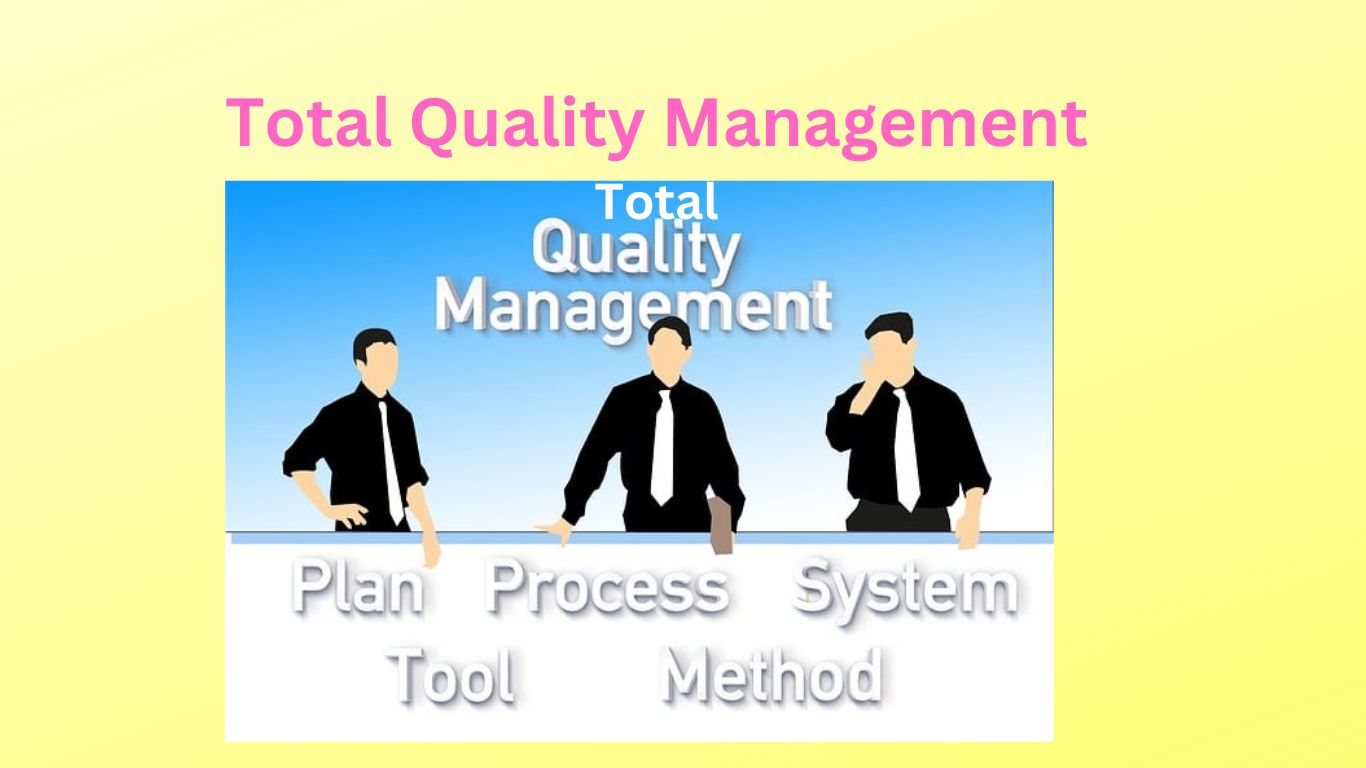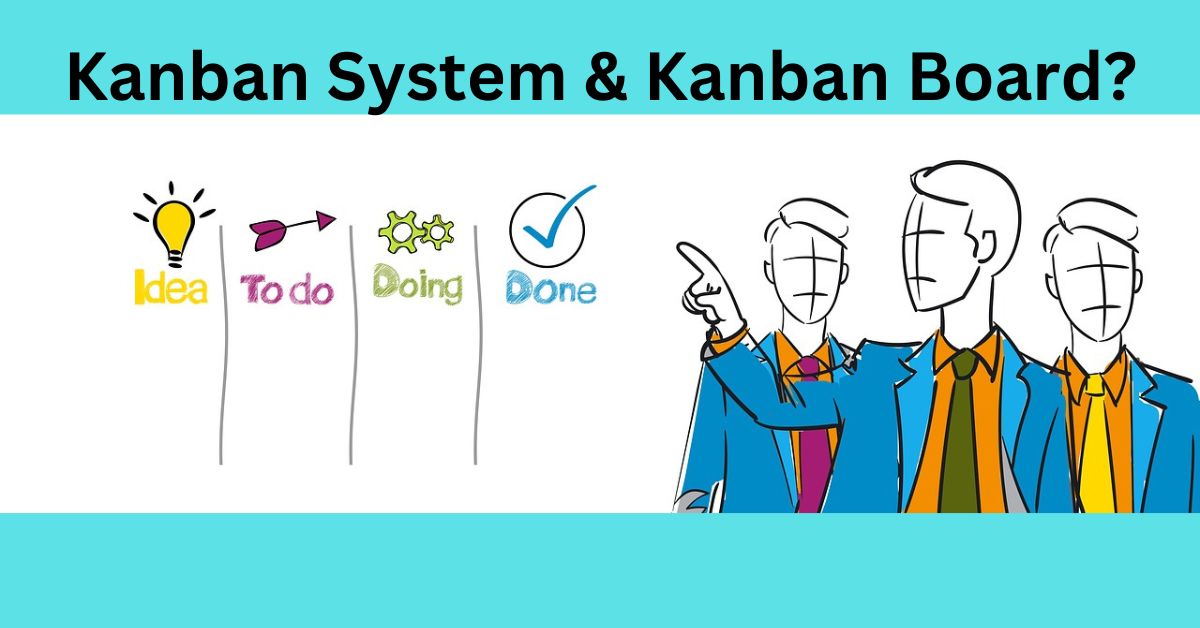Safety Procedure in the workplace of an industy
Purpose: The purpose of the Safety procedure is to provide awareness about safety and to develop a state of readiness, which will allow for a prompt and orderly response to an emergency and compliance with statutory obligations. This safety plan is structured around four major objectives. Scope: The Procedure deals with the Fire safety and … Read more










